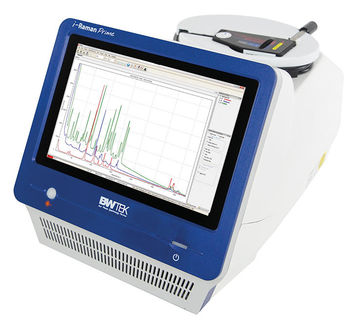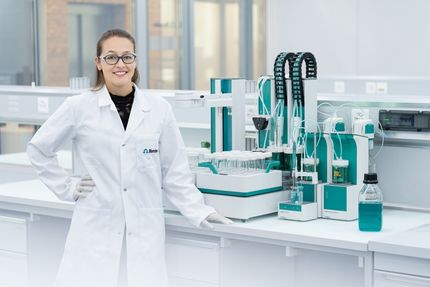To use all functions of this page, please activate cookies in your browser.
my.chemeurope.com
With an accout for my.chemeurope.com you can always see everything at a glance – and you can configure your own website and individual newsletter.
- My watch list
- My saved searches
- My saved topics
- My newsletter
Frederick RossiniFrederick Dominic Rossini (1899- 1990) was an American thermodynamicist noted for his work in chemical thermodynamics. Product highlightIn 1920, at the age of twenty-one, Rossini entered Carnegie-Mellon University in Pittsburgh, and soon was awarded a full-time teaching scholarship. He graduated with a B.S. in chemical engineering in 1925, followed by an M.S. degree in science in physical chemistry in 1926. As a result of reading Lewis and Randall's classical 1923 textbook Thermodynamics and the Free Energy of Chemical Substances he wrote to Gilbert N. Lewis and as a result he was offered a teaching fellowship at the University of California at Berkeley. Among his teachers were Gilbert Lewis and William Giauque. Rossini's doctoral dissertation on the heat capacities of strong electrolytes in aqueous solution was supervised by Merle Randall. His Ph.D. degree was awarded in 1928, after only 21 months of graduate work, even though he continued to serve as a teaching fellow throughout this entire period. In 1950, he published his popular textbook Chemical Thermodynamics.[1] Awards
References
Categories: Thermodynamicists | American chemists | Physical chemists |
| This article is licensed under the GNU Free Documentation License. It uses material from the Wikipedia article "Frederick_Rossini". A list of authors is available in Wikipedia. |







